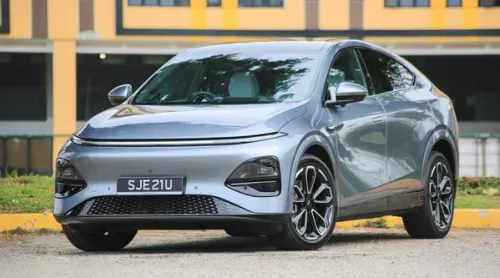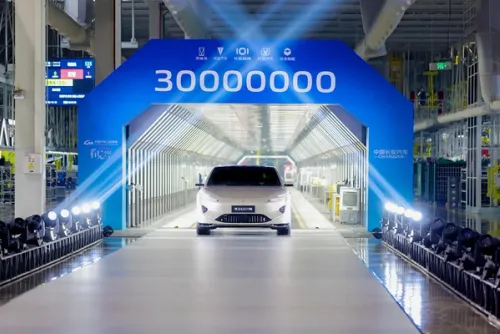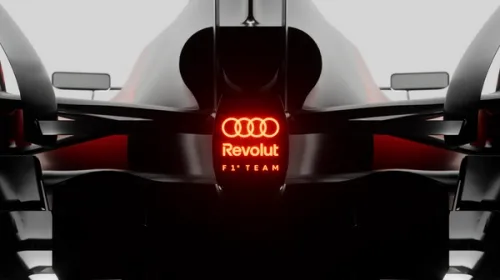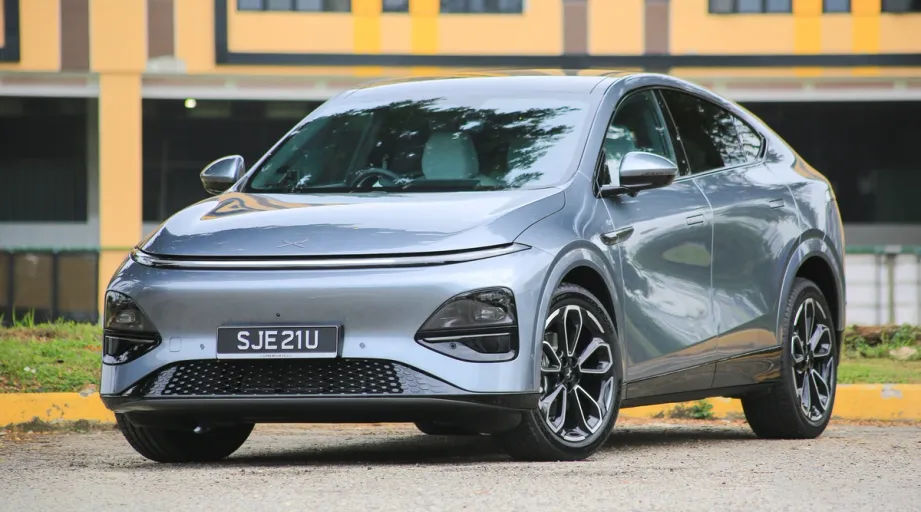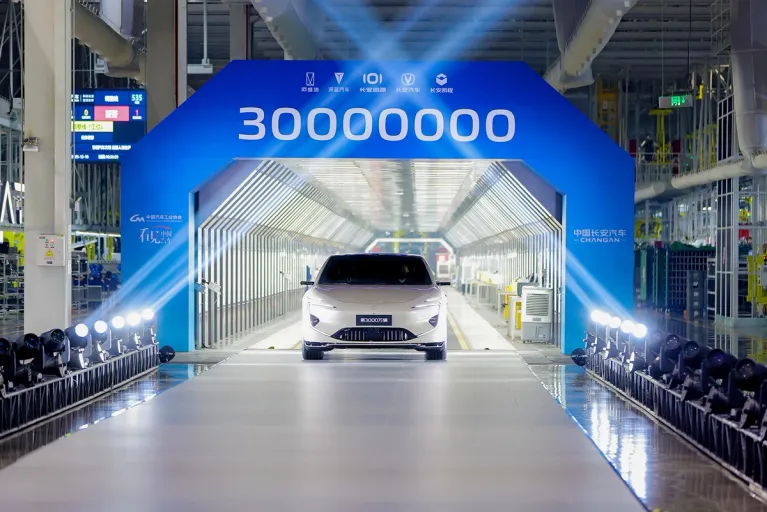Electronic Brake Force Distribution (EBD)
The Electronic Brake Force Distribution is a great technological advancement in the automotive world. This article describes just what it does.

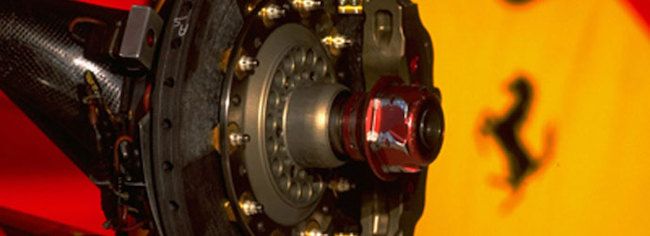
Every electronic brake force distribution system uses the same parts as an ABS system, just with different computer programming for the control center. Each wheel contains a sensor that measures the amount of slippage the wheel is experiencing. Valves for each wheel adjust how much of the hydraulic braking force is sent to the wheel. The ECU is the part that controls the whole system by analyzing the data sent from each wheel sensor and adjusting the valves accordingly.
Some systems also have a sensor that detects which way a turning vehicle is rotating as well as a second sensor that detects the angle of the steering wheel. These systems help correct both oversteer and understeer so vehicles move through turns optimally and without the risk of losing control and crashing.
Electronic brake force distribution systems aren’t available on all vehicles. Typically the system is found on luxury and performance vehicles, since buyers of those types of vehicles are interested in advanced safety systems. Some more economical cars might come with the system as it is becoming more common in vehicles.
Credits:


Get the Best Price for your used car
from 500+ dealers in 24 hours

- Convenient and Hassle-Free
- Consumer Protection
Transparent Process
With No Obligation

